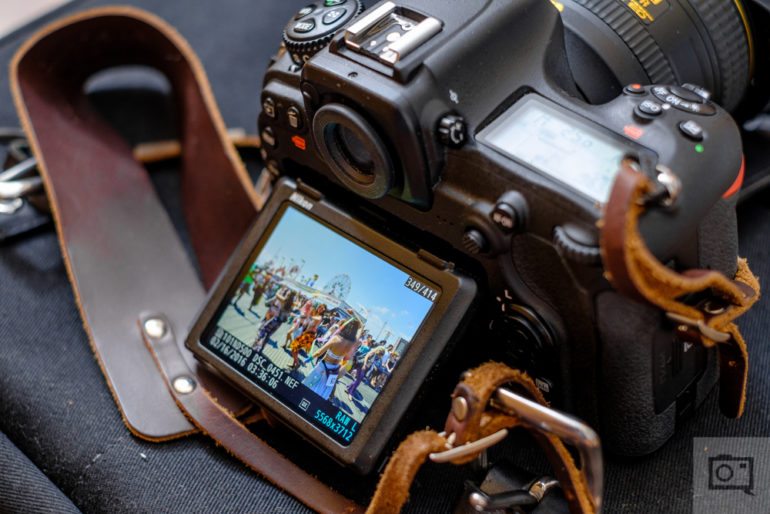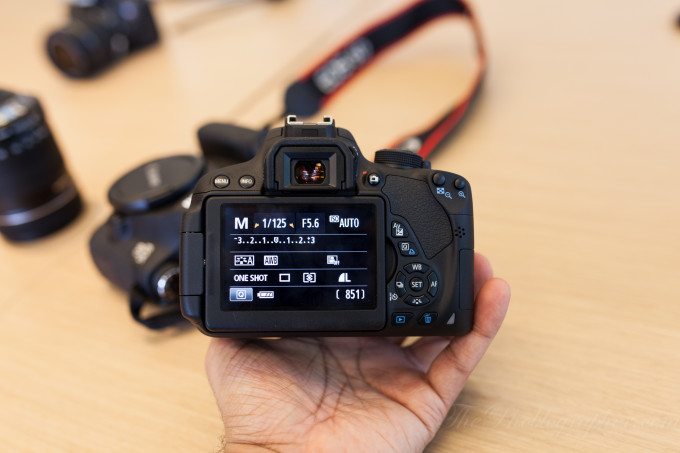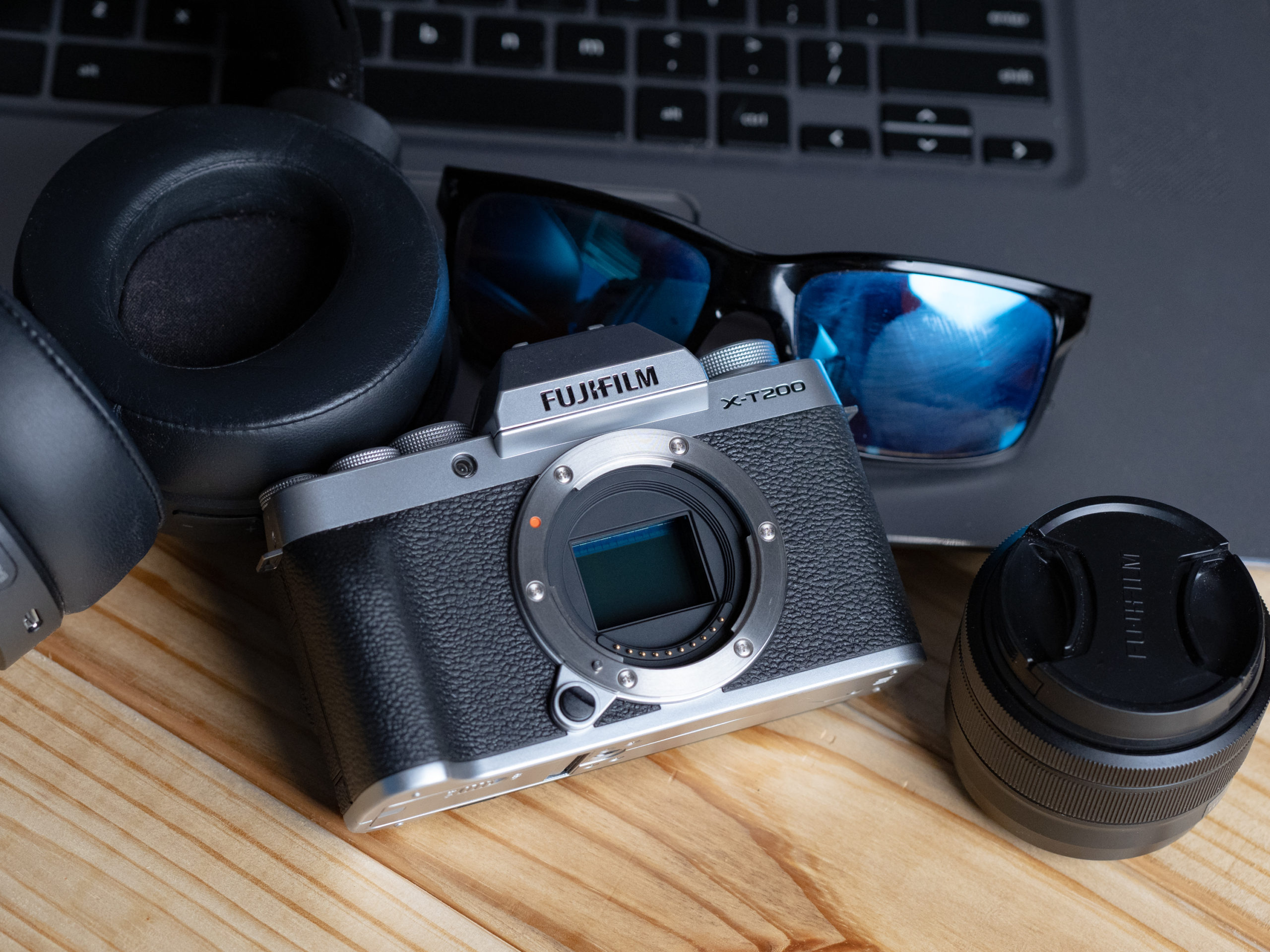The smartphone camera has played an influential role in getting people into photography.
“Hey, Dan. I wanted to ask your help on buying a camera. I have a budget of around $300.” It’s a question I get asked a lot, and one I struggle to answer, not because I don’t know what I’m talking about, but because how can I recommend a dedicated camera for $300 unless we look at the used and discontinued market? For what you can get for that price, one has to ask themselves if the one in your pocket is all you need anyway? Yes, your smartphone camera is just that good!
Smartphone Camera Vs Dedicated Camera
While smartphone cameras are exceptionally good, I still believe we’re yet to see one that can rival a dedicated camera. I feel a product that focuses on one task will do it better than a mutlimedia device like a smartphone. When compared to a smartphone, the sensors are bigger, the functions are far greater, and the versatility is unmatched in compact, mirrorless, and DSLR cameras.
I always tell people that do want to make the transition from smartphone to an actual camera to first look at what’s in the compact market. A point-and-shoot is your best bet for around $300. But even then, it’s going to be an entry-level system and not one that will make you feel like your phone was an inferior option.

“Different cameras meet different needs – and many people seem surprised when I tell them one size doesn’t fit all.”
Often, when I tell people this, they tend to respond with disappointment, hoping I was going to suggest an awesome full-frame camera for them to be able to “just take nicer pics than their smartphone,” which opens up to the next point: what most people are actually using their camera for.
Know Your Needs

Before suggesting any camera (for any budget) I’ll always identify what the individual contacting me is going to use it for. There’s no point suggesting a full-frame camera with plenty of megapixels and dynamic range if they never intend on shooting in low-light or printing their work, for example. Nor would I recommend a point-and-shoot for someone who’s looking to photograph events and start their own business. Different cameras meet different needs – and many people seem surprised when I tell them one size doesn’t fit all.
For the most part, the people who contact me have a vague interest in actual photography. They’re not hobbyists, but they have adapted to the culture of our current time. By that, I mean everybody takes photos today; it’s a huge part of human nurture, even if you don’t have a strong interest in photographic practice.
“I wish photography were more affordable for people. But when you start factoring camera bodies, lenses, and accessories, there’s no escaping the fact that photography is an expensive investment – and one has to ask what they want in return.”
So, after some back and forth (trying to understand if they can move on their budget), I ask them what camera they are currently using. Most commonly, they’re using an iPhone or Samsung – something that’s worth in the region of $600-$1000. And although many components of the device make up that price, a big factor is certainly the camera, especially considering it shoots 4k, and offers multiple lens options and surprisingly good low-light performance (for smartphone standards).
It perplexes me when people think they can get a dedicated camera that can do more than what their smartphone camera can for a fraction of the cost. So the conversation often ends with, “Stick with what you’ve got.” For general images of your travels and birthday parties, your iPhone or Samsung is more than up to the job.
Photography Isn’t Cheap
I wish photography were more affordable for people. But when you start factoring camera bodies, lenses, and accessories, there’s no escaping the fact that photography is an expensive investment – and one has to ask what they want in return. If you just want a cool camera like you see the pros use, it’s really not worth the money to drift away from your smartphone unless your budget is big.
If you’re serious about photography (you want to develop your skills, you want to put in many hours of practice, and you want to become somewhat of an expert in a certain niche), you’re going to need more than $300. For those who can, I always tell them to keep saving. With the quality of today’s entry-level DSLR and Mirrorless cameras, the technology in their sensors, and what they allow you to do, to get them at the price point most people new to photography are hoping for would be an absolute steal.


